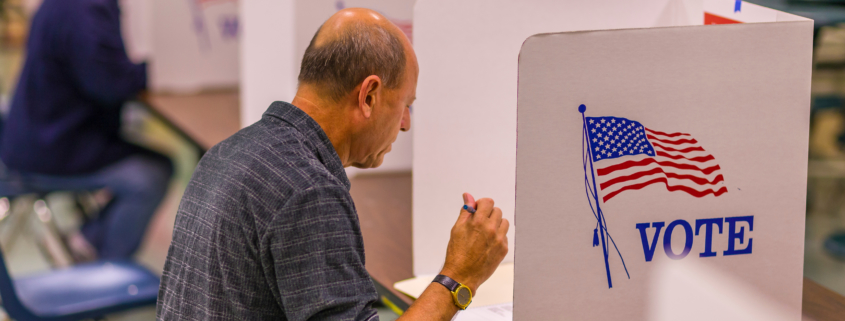10 Days Remaining
Although mail-in ballots have been incredibly beneficial to improving voter access, many citizens that prefer to vote in-person face barriers. In order to exercise the right to go to the polls and physically cast a ballot, one needs to be able to get there. Transportation access is a real issue for some voters, and this prevents them from being able to show up before or on Election Day to make their voice heard.
There is a clear link between transportation access and the elderly community, as well as those with disabilities. A Rutgers University School of Management and Labor Relations analyzed data about who is voting, who is not, and the self-reported reasons that people with disabilities give for choosing not to exercise their vote. It is important to remember that even if people choose not to exercise their constitutional right to vote, this decision might be based in logistical problems more than being apathetic to elections.
Countless studies have been done regarding voter access and turnout in different voter populations. The report from Rutgers found that 7% of people with disabilities who did not vote noted problems with transportation as a barrier to access to polling places. Another study found that as of 2015, an estimated 54% of older adults living in metropolitan areas had poor access to transit.
Another study supported these findings, as their numbers cited that of more than 3.5 million non-driving people over 65, more than half reported they stay at home on any given day because they do not have access to transportation. This is especially true for those in rural communities. Although public transportation is the lifeblood of most metropolitan areas, options are much more limited for rural voters.
This issue, as with most, can best be illustrated with a personal anecdote. An article by Forbes told the story of an older woman named Jane. After she voted in the 2018 midterm elections, she went to get lunch with the author of the article, Jean Galiana. Jane shared that when she returned to her building, she ran into an elderly neighbor. They stopped to chat, and as Jane proudly wore her “I Voted” sticker, the neighbor mentioned that she wasn’t going to vote due to the fact that she was unable to find transportation.
Limited access to viable transportation makes it so that even impassioned citizens are unable to show up to the polls, and be heard by their local and federal government. In the past (even very recently), it would be recommended that voters who choose to go in-person to the polls carpool, or use a ride-sharing service. COVID-19 further complicates the issue of transportation, as it is a threat to personal and public health to do either of these things.
There are, of course, still ways to help voters with barriers to transportation cast their ballot and ensure they are able to make an autonomous decision to exercise their right to vote. Absentee and mail-in ballots are an incredibly viable option, especially in this time of pandemic.
The story shared by Jane might resonate with many, whether it be your own personal experience or you have heard this from friends, co-workers, or family members. The right to vote is a choice, but this choice should not be influenced by external factors like a lack of transportation. People that want to show up, should be able to. And it is essential that every American understands the support that is available to them to make sure they can wear an “I Voted” sticker with pride.




Leave a Reply
Want to join the discussion?Feel free to contribute!